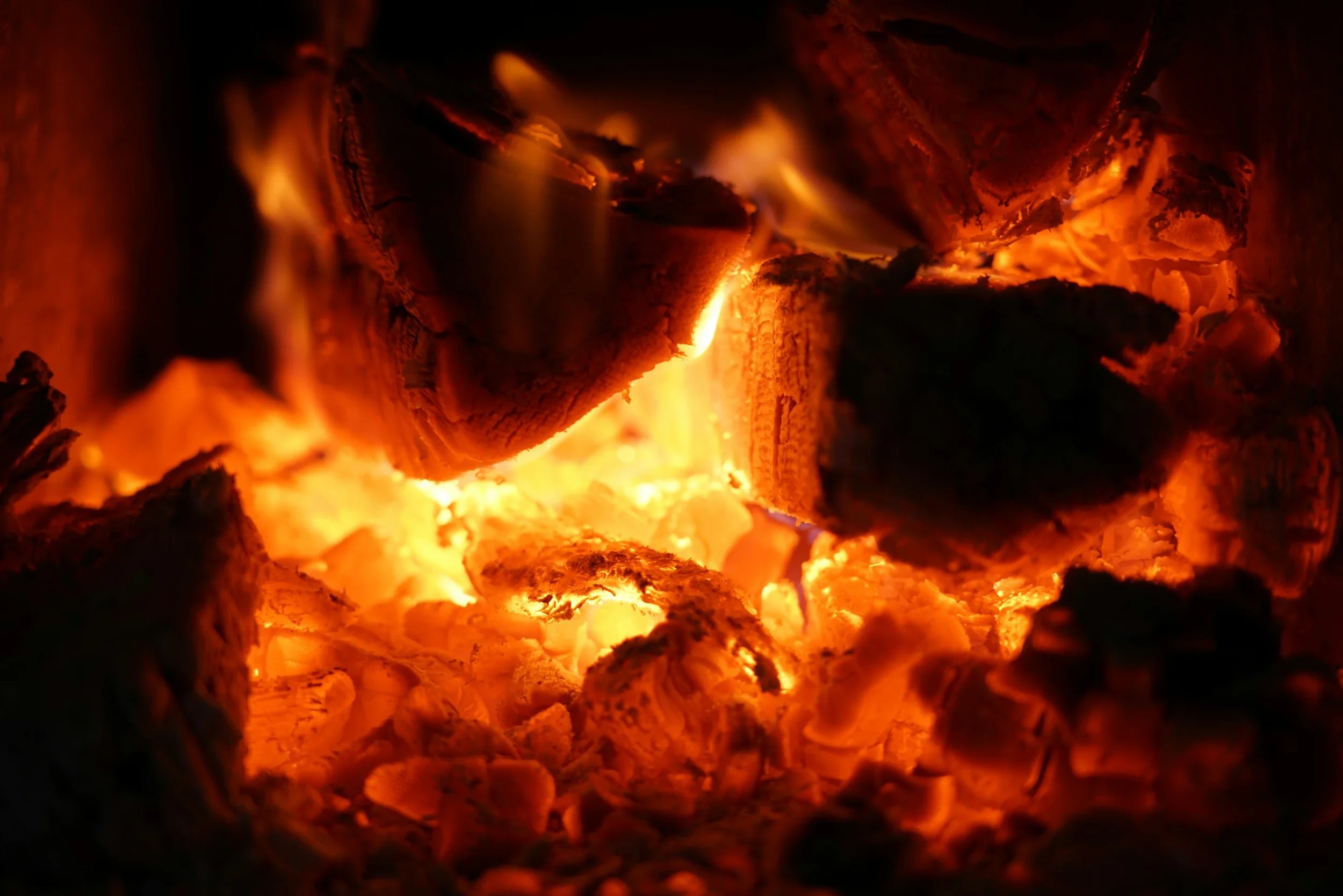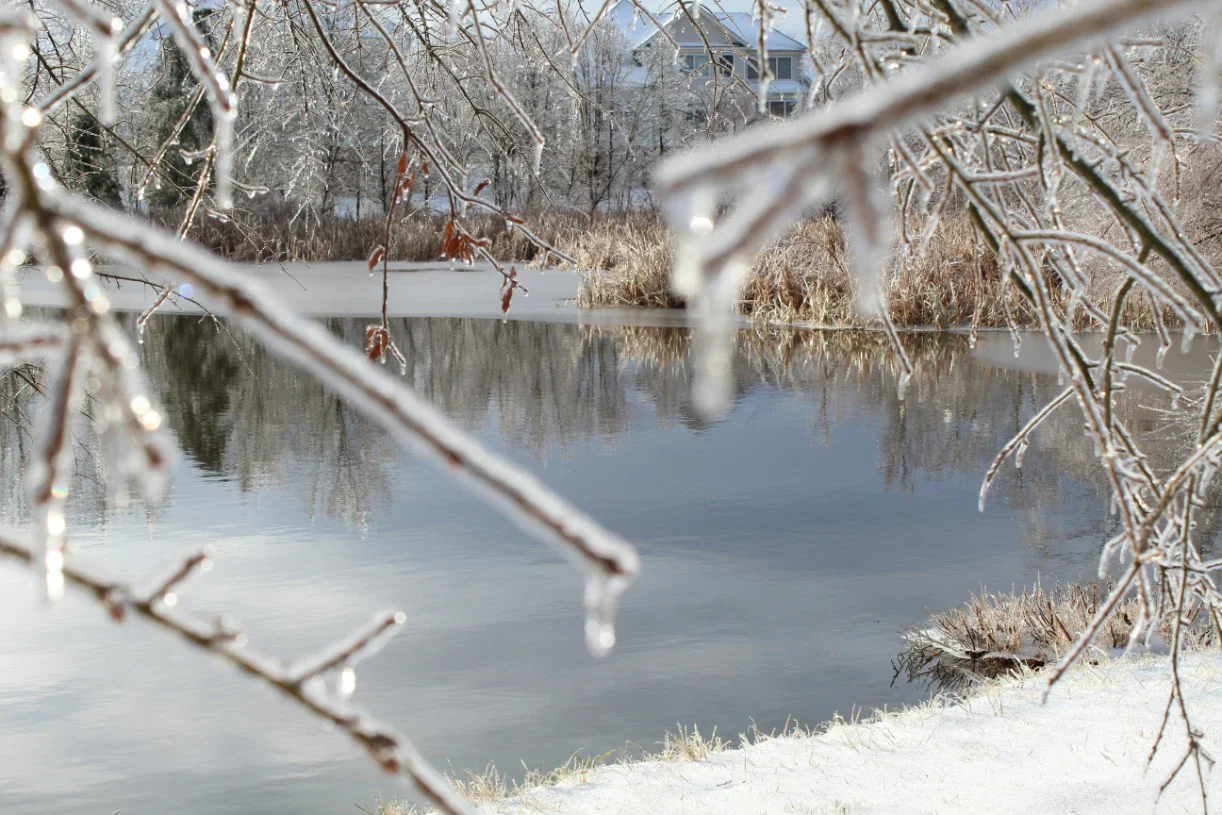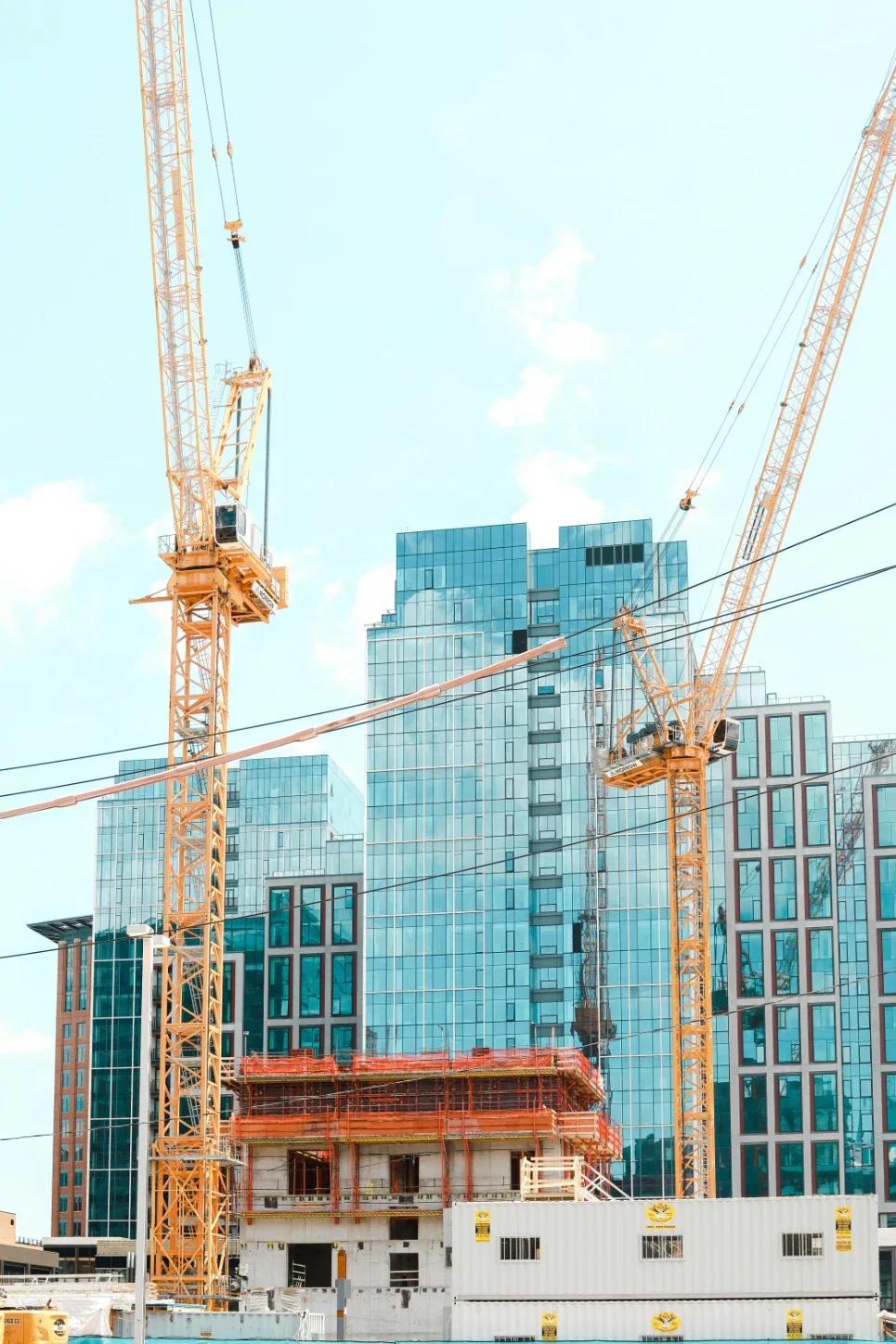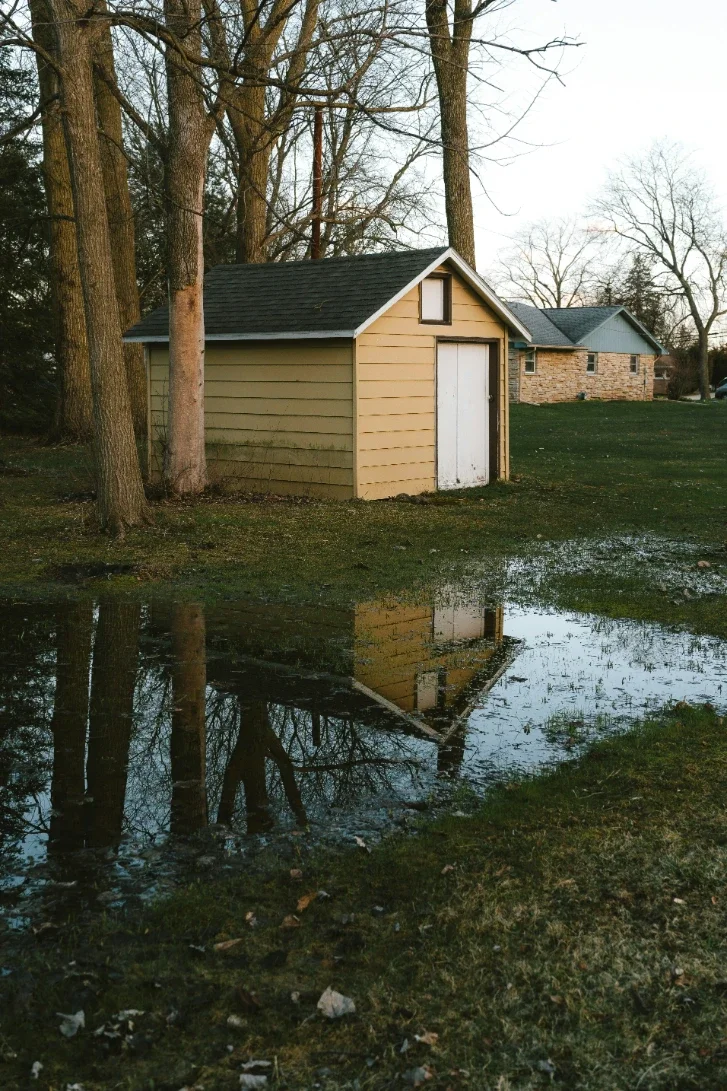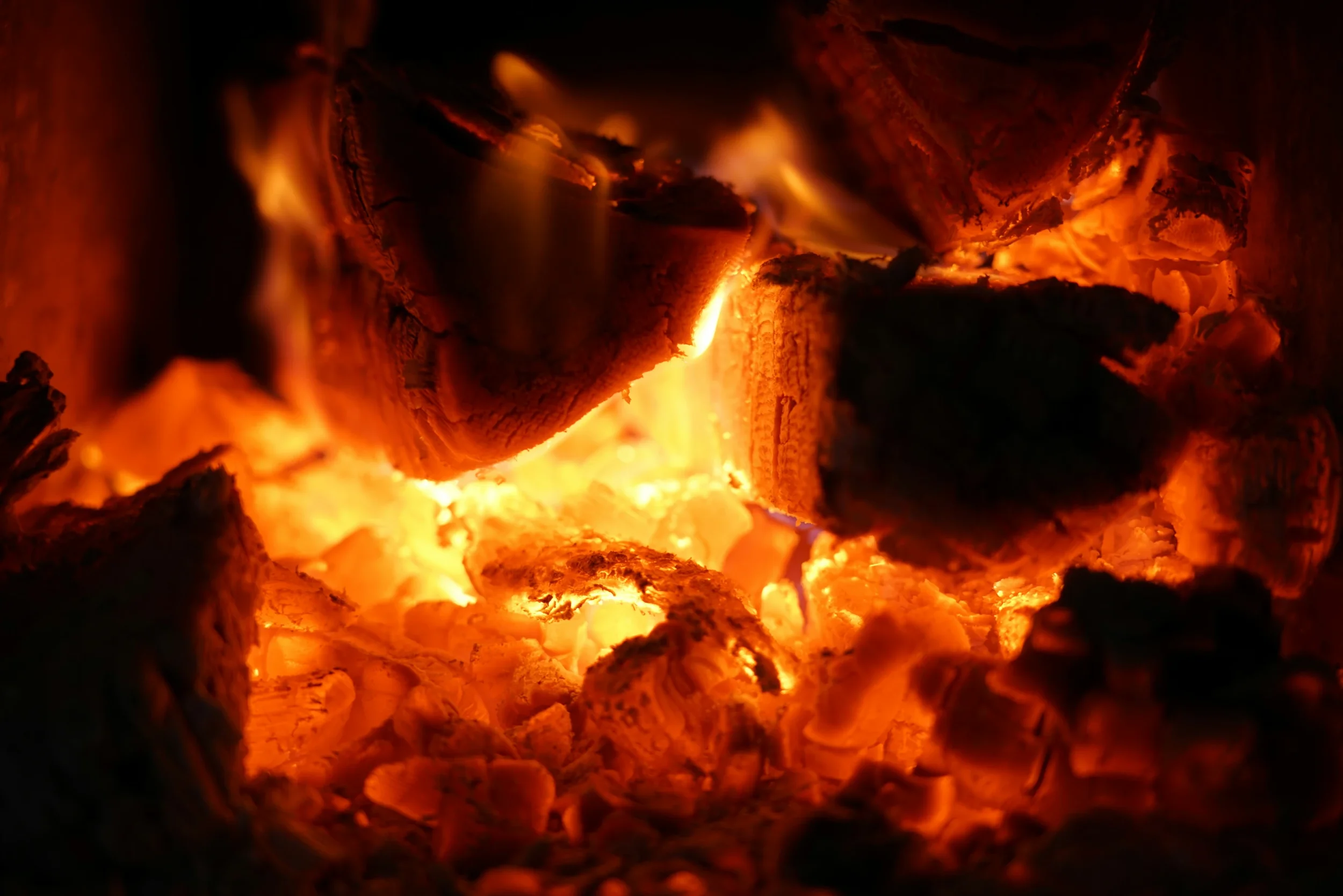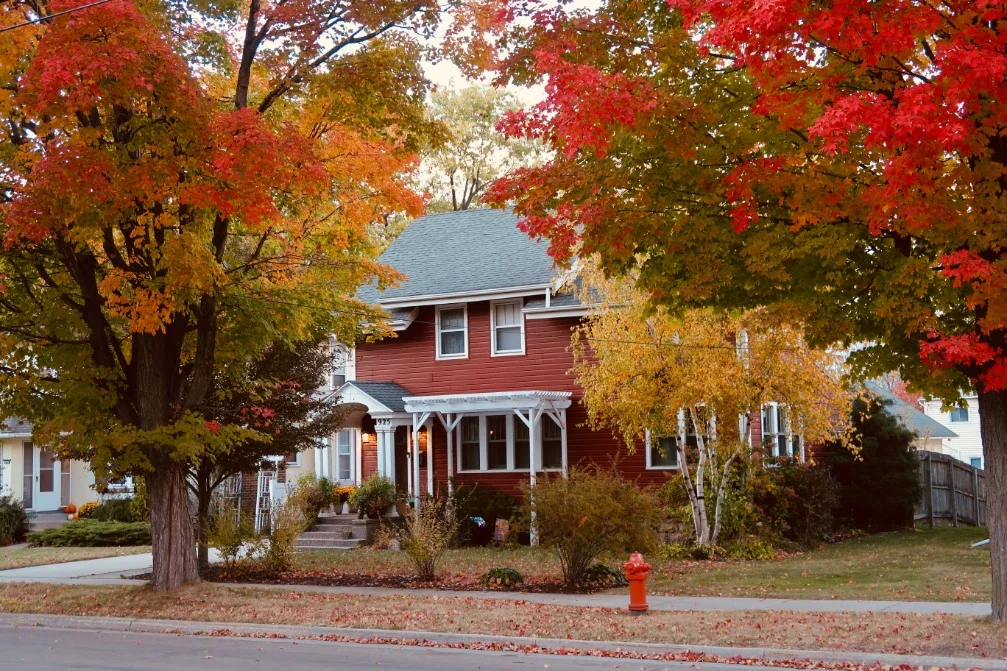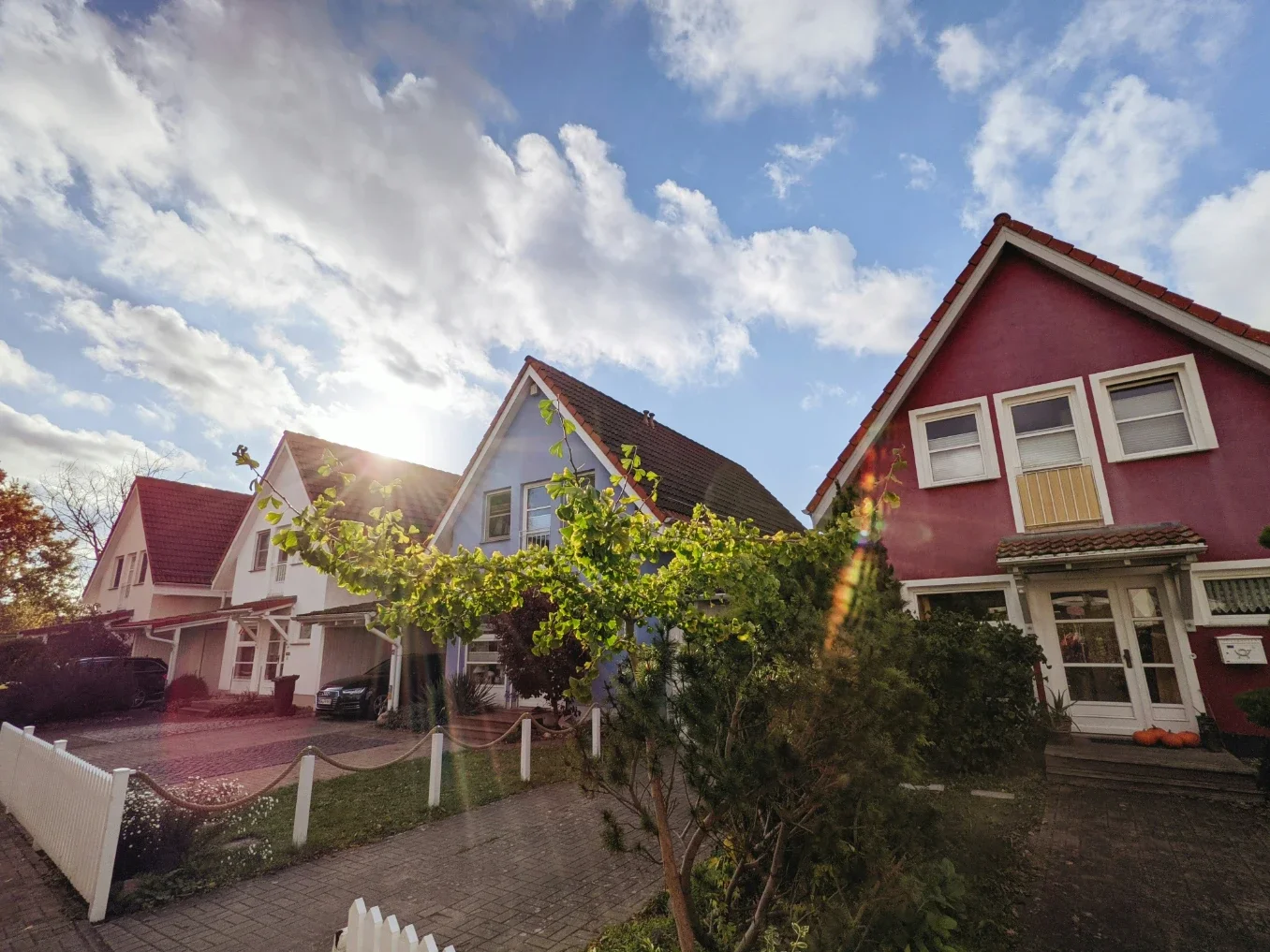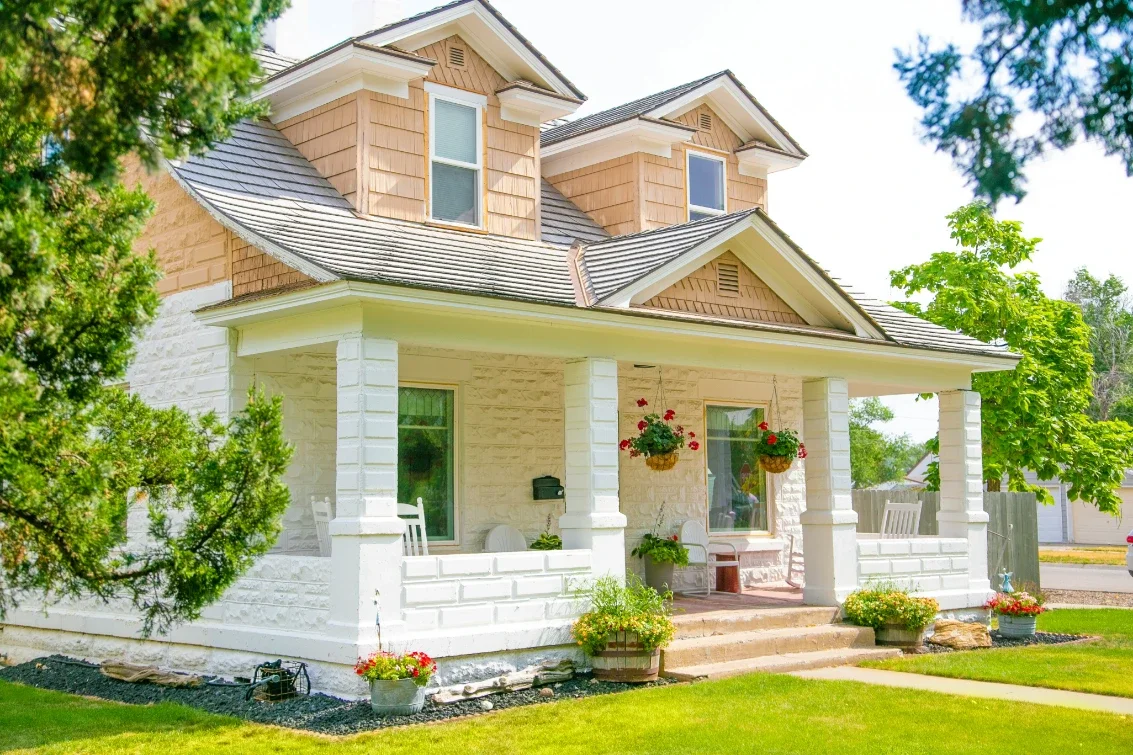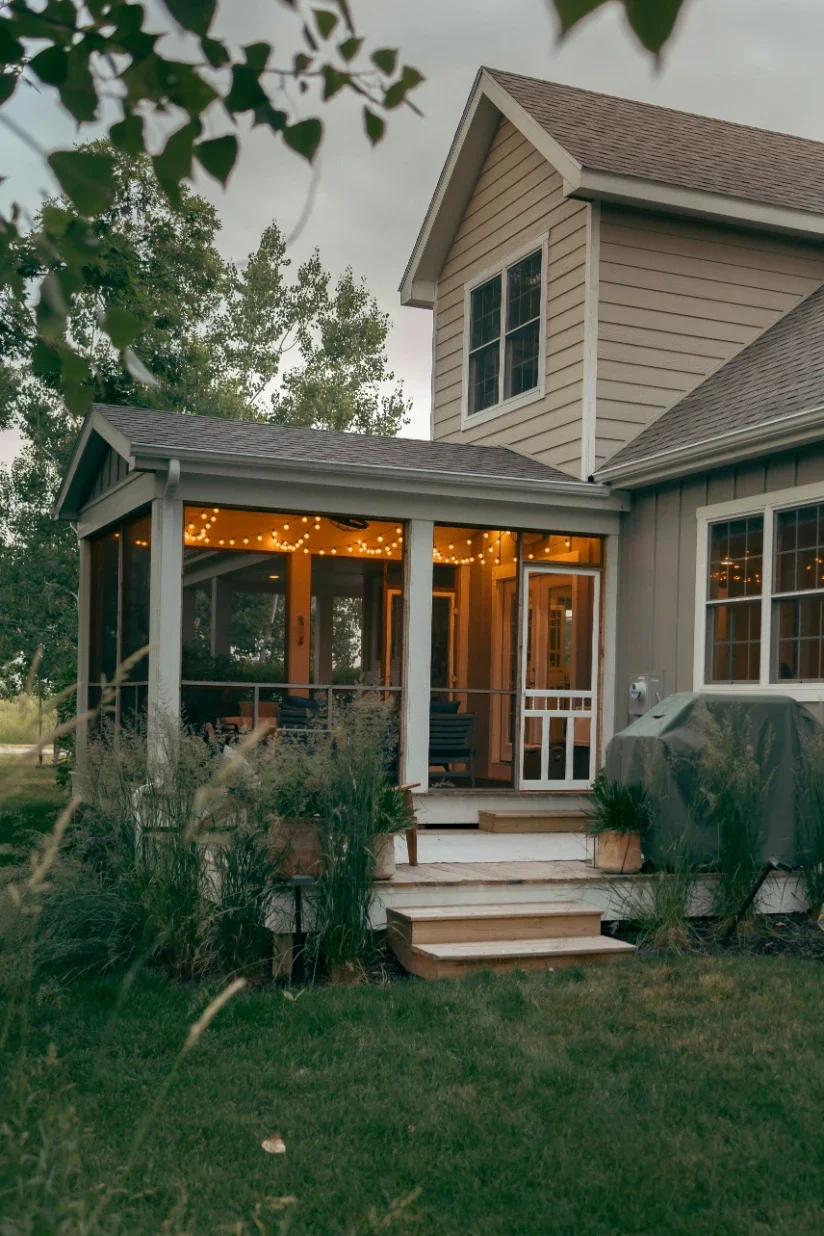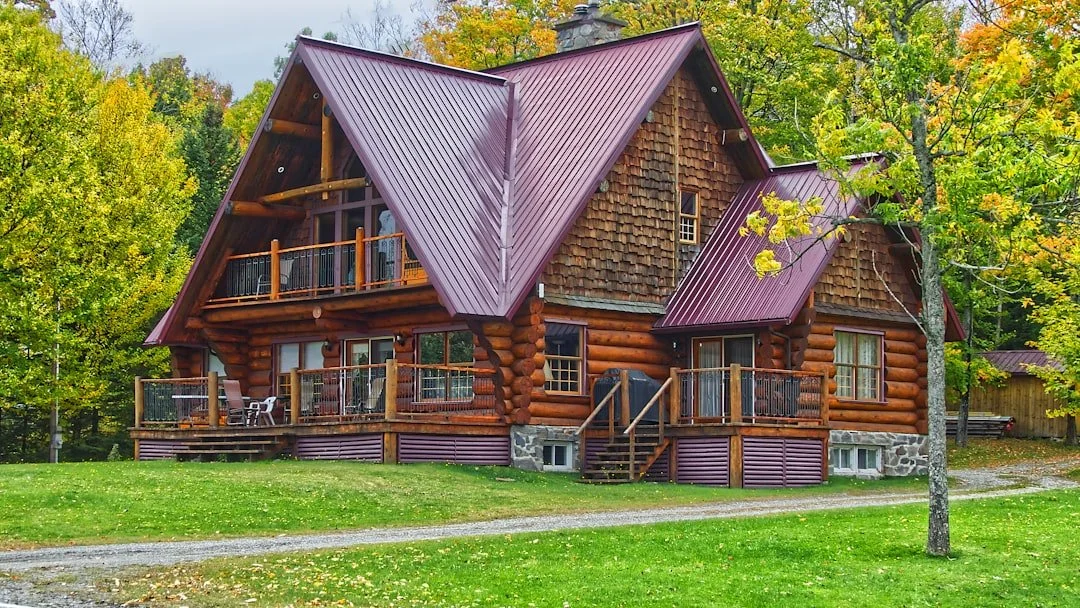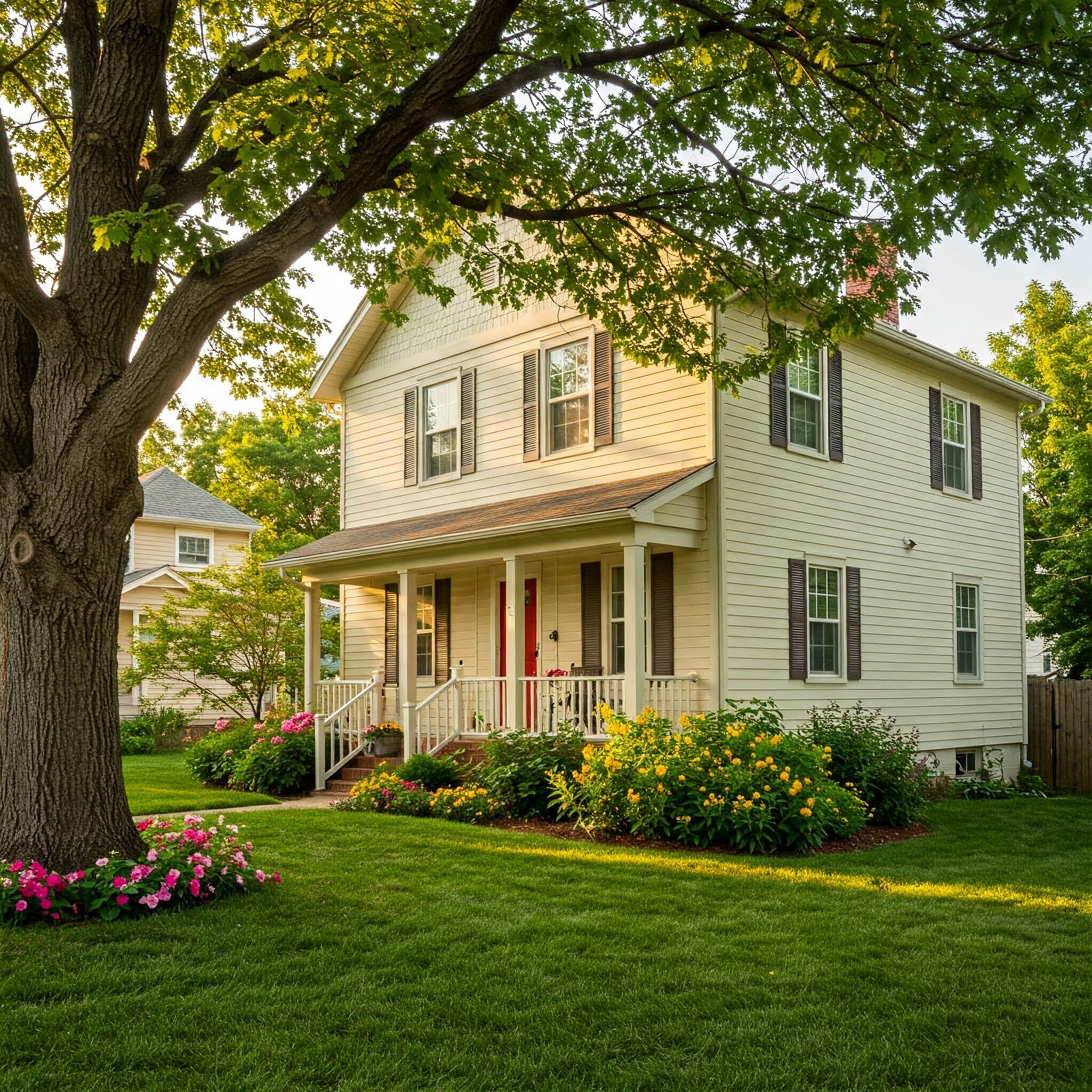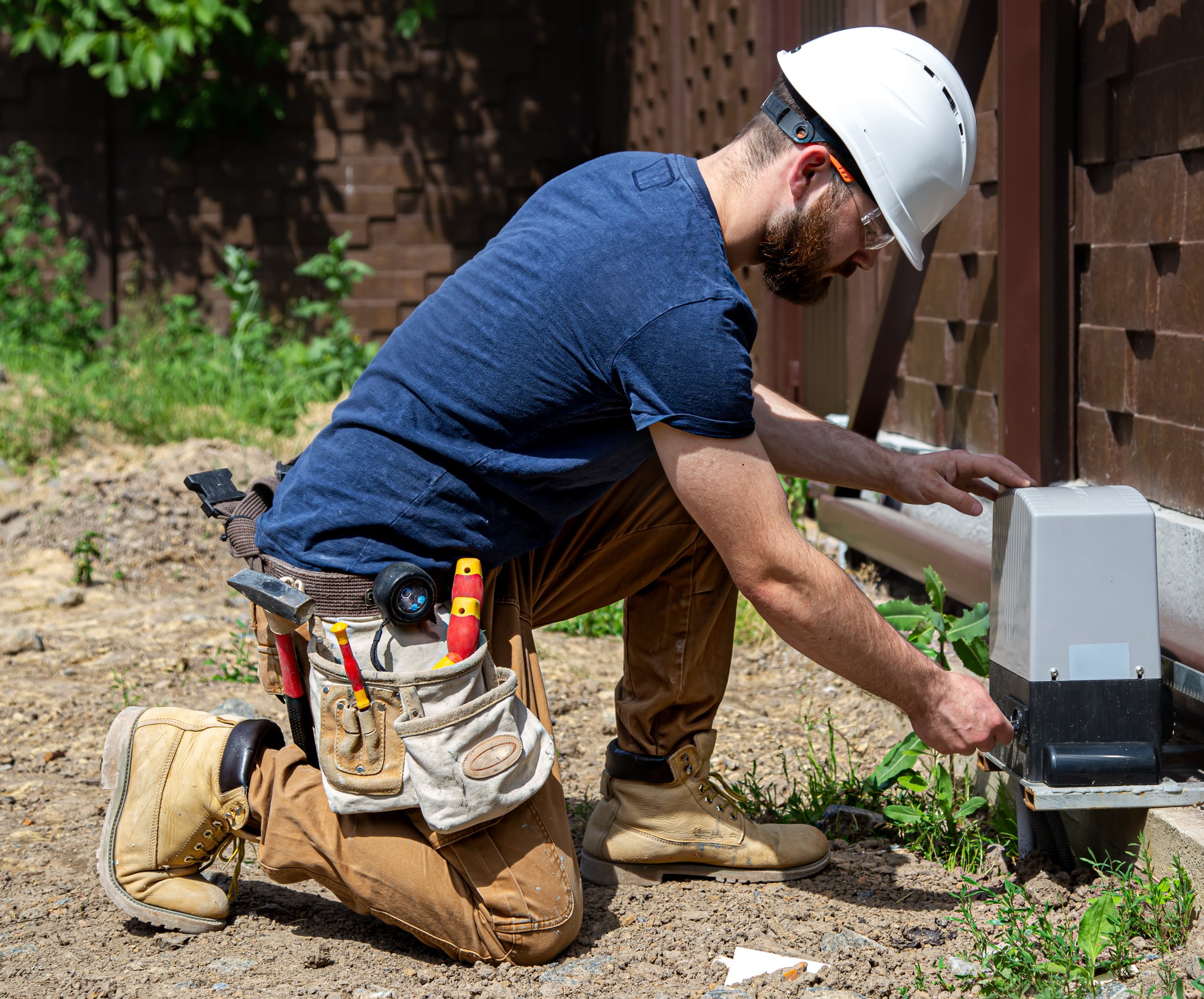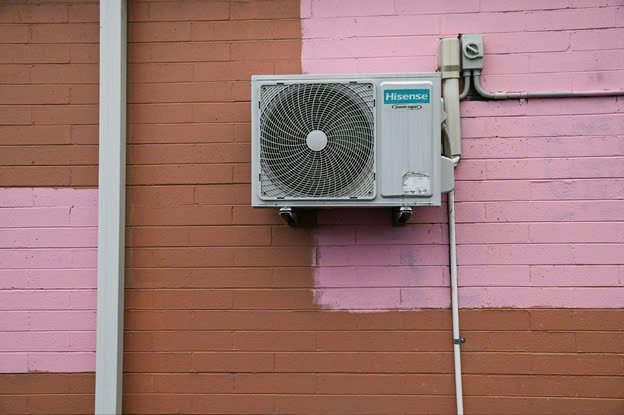What to Do First When Restoring a Burned Room
Learn the essential first steps for restoring a burned room safely and efficiently, from assessing damage to planning repairs and cleaning.
Restoring a burned room presents a multitude of challenges, from the physical and structural damage to the emotional toll it can take on residents. The first steps in this complex process can dramatically affect the restoration timeline and budget, making it vital to approach the situation systematically.
Understanding the necessary initial actions helps in recovery and prepares one to face further issues, such as safety, cleanup, and restoration. This guide outlines steps, focusing on priorities and expert assistance that will facilitate a smoother recovery process after a fire incident.
Assessing Safety and Structural Integrity
Before stepping into a burned room, assessing safety is paramount. The first task involves ensuring the space is safe to enter, this may require the expertise of professionals. Assessing structural integrity is critical because fires can compromise walls, ceilings, and floors, potentially leading to collapse.
Look for weakened beams, cracks, or other signs of trauma. If there's any doubt about safety, it’s best to wait for qualified personnel to inspect the area. Involving emergency services after the fire's extinguishment is profoundly beneficial. Fire crews can offer insight into structural weaknesses.
Use their expertise to gauge whether it is safe to begin the restoration process. Having a clear understanding of these conditions ensures that the subsequent cleaning efforts do not put anyone at risk. Check for hazards like gas leaks or electrical issues.
Fire can damage wiring and gas lines, creating unforeseen dangers. If any hazards are present, contact professionals immediately. Whether you rely on fire damage services from Paul Davis or different experts, they can assist in identifying such risks while providing the necessary support to secure the area. Once safety has been ensured, it’s vital to document the damage.
Take photographs and make detailed notes for insurance purposes. This documentation is critical for sorting compensation issues with your insurer or for potential restoration claims. Remaining calm and methodical during this initial assessment will help pave the way for a smoother recovery.
Contact Your Insurance Provider
After ensuring safety, the next logical step is contacting your insurance provider. It's critical to inform them about the fire incident as soon as possible to initiate your claim. Explain the situation in detail, providing them with all necessary documentation, including photographs and a list of losses.
Being thorough will aid in a smoother claims process, which is important for obtaining financial support for restoration. Insurance companies often have specific policies and procedures for handling claims related to fire damage.
They may send an adjuster to assess the damage firsthand. Being prepared to answer questions and present evidence will facilitate a quicker resolution. Be proactive about maintaining communication throughout the process.
Following up regularly with your insurer can prevent delays that can impede your progress in restoration. Understanding your insurance policy can prevent future frustrations. Know what types of fire damage are covered, how claims are processed, and any limits that might pertain to your situation.
Seek Professional Help for Cleanup
Restoring a burned room often requires extensive cleanup, and undertaking this task alone may prove overwhelming and hazardous. Professional help is frequently the best route, particularly when toxic substances or substantial debris must be handled.
Specialized fire damage restoration companies bring the necessary equipment and expertise to clean effectively and safely. Cleaning after a fire involves dealing with soot, corrosive residues, and potentially hazardous materials.
These substances can pose health risks and require proper containment and disposal. Professionals understand the complexities of fire residue cleanup and are equipped with advanced tools and techniques to restore your home effectively.
They can handle everything from assessing the damage to removing materials that must be disposed of. It is helpful to look for companies with excellent reputations. Researching reviews and asking friends or family for recommendations can greatly influence your choice.
Remove Burned Materials
After the initial cleanup, the next focus should be on removing burned materials from the room. This includes items like furniture, carpet, drywall, and any personal belongings that could not be salvaged.
Leaving damaged objects behind can hinder the restoration process and lead to lingering smoke odors and further structural compromise. When removing these materials, it's vital to make a detailed inventory of everything being discarded.
This list will aid in discussions with your insurance provider, ensuring that you receive coverage for all losses. The process can be emotional, as it may involve parting with treasured belongings, but noting them can be beneficial for both emotional closure and insurance purposes.
Some items may be salvageable. Work with professionals to determine what can be cleaned and restored instead of discarded. Often, expert cleaning can recover materials that seem beyond repair. However, if something poses a health risk or is beyond saving, it is best to dispose of it entirely to create a safe environment.
Mitigate Further Damage
The aftermath of a fire may lead to secondary damage due to water, smoke, and structural issues. Water damage from firefighting efforts can cause mold or further degradation of materials if not addressed quickly.
Rapid mitigation becomes a priority immediately after the removal of burned materials. The focus should be on drying out affected areas and surfaces. Using dehumidifiers, fans, or even professional drying services will help expedite this process effectively.
The drier and cleaner the area becomes, the less opportunity there is for mold growth or further damage to repair. Addressing mold growth early on can prevent larger health risks in the future. Taking proactive measures against secondary damage can significantly reduce restoration costs.
Seal any openings or damaged areas that may allow moisture infiltration. Covering windows and doors with tarps can help protect against unexpected weather changes that may worsen conditions in your newly restored space.
Planning the Restorative Process
After completing the critical initial steps, planning the restoration process becomes vital. Depending on the extent of the damage, this can require a team of professionals and significant resources.
Begin by creating a comprehensive list detailing repairs needed, including structural repairs, electrical work, painting, and other renovations. When thinking about professionals for the restorative work, gather estimates from various contractors.
This thoroughness helps in identifying a reliable and cost-effective option that aligns with your budget. Discuss timelines with contractors, and ensure you have realistic expectations regarding completion. Once the plans are in place and professionals are lined up, maintaining constant communication with everyone involved is critical.
Any changes or unexpected setbacks should be reported promptly. Having a unified vision for the restoration can aid in making collective decisions about design choices or materials, which can affect aesthetic outcomes.
Continually reviewing the budget and progress will help avoid unexpected financial pitfalls. You will arm yourself with the information and tools required for a successful restoration by devoting time to this planning phase. A solid plan allows for flexibility as the unexpected often occurs, but preparation will ease any surprises.
